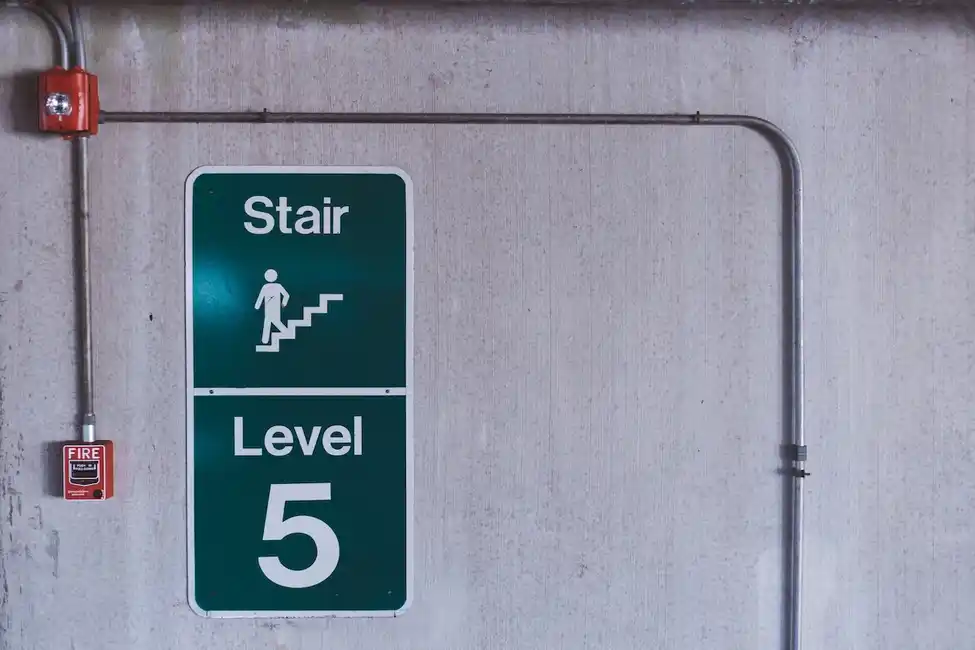When it comes to fire safety, one of the most important aspects of keeping yourself, your family, and your property safe is making sure that you have efficient and up-to-date fire alarm systems in place. It’s not something people often think about or even consider until it becomes an issue. But when a problem with a system arises – whether it’s new construction projects needing the installation of a brand new system from scratch or consulting on existing outdated systems needing maintenance – having knowledge about the entire procedure from start to finish can save time, money, and stress for all involved parties. We’re here to walk you through everything there is to know about how the process works so you can accommodate each project efficiently and more effectively!
What is fire alarm installation and why is it important
Fire alarm installation is a crucial component of building safety that should never be overlooked. This system is designed to detect and alert occupants of a property in case of a fire outbreak. The installation process involves the strategic placement of smoke detectors, fire alarms, and other necessary equipment, ensuring adequate coverage of the property. In the event of a fire, quick identification becomes key to preventing damage, injuries, and loss of life. With a fire alarm system in place, occupants can have peace of mind and feel confident that they will be alerted in time to take the appropriate safety measures. Therefore, fire alarm installation is important because it provides an effective and reliable way to protect people and property from the devastating effects of a fire.
Types of Fire Alarms – Hardwired or Wireless
When it comes to fire alarms, there are two main types to choose from: hardwired or wireless. Hardwired alarms are those that are directly connected to the building’s electrical system and typically require professional installation. On the other hand, wireless alarms use radio-frequency signals to communicate with each other and do not require any wiring. While both types have their advantages and disadvantages, it ultimately comes down to personal preference and the specific needs of your building. No matter which option you choose, having a fire alarm system in place can help provide peace of mind and potentially save lives in the event of an emergency.
Steps for Fire Alarm Installation
Installing a fire alarm in your home or office is crucial for the safety of you, your loved ones, and your belongings. But where do you start? First, consult your local fire department or building codes to ensure you follow their regulations. Next, determine the number of smoke detectors you need by calculating the square footage in your home or office. Make sure to place them on every level of your building and near sleeping areas. Choose a manufacturer that meets your needs and budget, and purchase the necessary materials, including smoke detectors, control panel, and wiring. Finally, hire a licensed electrician to install the fire alarm system properly. Remember, taking the appropriate steps to install a fire alarm can make all the difference in protecting your safety and security.
Check out Protive Security & Surveillance for more.
